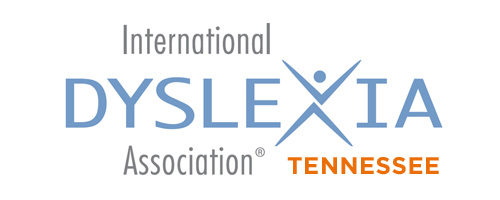
Structured Literacy Instruction: The Basics
By: International Dyslexia Association
Structured Literacy prepares students to decode words in an explicit and systematic manner. This approach not only helps students with dyslexia, but there is substantial evidence that it is effective for all readers. Get the basics on the six elements of Structured Literacy and how each element is taught.
Structured Literacy: An Introductory Guide (IDA)
The most difficult problem for students with dyslexia is learning to read. Unfortunately, popularly employed reading approaches, such as Guided Reading or Balanced Literacy, are not effective for struggling readers. These approaches are especially ineffective for students with dyslexia because they do not focus on the decoding skills these students need to succeed in reading.
What does work is Structured Literacy, which prepares students to decode words in an explicit and systematic manner. This approach not only helps students with dyslexia, but there is substantial evidence that it is more effective for all readers.
The elements of Structured Literacy instruction
Phonology. Phonology is the study of sound structure of spoken words and is a critical element of Structured Language instruction. Phonological awareness includes rhyming, counting words in spoken sentence, and clapping syllables in spoken words. An important aspect of phonological awareness is phonemic awareness or the ability to segment words into their component sounds, which are called phonemes. A phoneme is the smallest unit of sound in a given language that can be recognized as being distinct from other sounds in the language. For example, the word cap has three phonemes (/k/, /ă/, /p/), and the word clasp has five phonemes (/k/, /l/, /ă/, /s/, /p/).
Sound-Symbol Association. Once students have developed the awareness of phonemes of spoken language, they must learn how to map the phonemes to symbols or printed letters. Sound-symbol association must be taught and mastered in two directions: visual to auditory (reading) and auditory to visual (spelling). Additionally, students must master the blending of sounds and letters into words as well as the segmenting of whole words into the individual sounds. The instruction of sound-symbol associations is often referred to as phonics. Although phonics is a component of Structured Literacy, it is embedded within a rich and deep language context.
Syllable Instruction. A syllable is a unit of oral or written language with one vowel sound. Instruction includes teaching of the six basic syllable types in the English language: closed, vowel-consonant-e, open, consonant-le, r-controlled, and vowel pair. Knowledge of syllable types is an important organizing idea. By knowing the syllable type, the reader can better determine the sound of the vowel in the syllable. Syllable division rules heighten the reader’s awareness of where a long, unfamiliar word may be divided for great accuracy in reading the word.
Morphology. A morpheme is the smallest unit of meaning in the language. The Structured Literacy curriculum includes the study of base words, roots, prefixes, and suffixes. The word instructor, for example, contains the root struct, which means to build, the prefix in, which means in or into, and the suffix or, which means one who. An instructor is one who builds knowledge in his or her students.
Syntax. Syntax is the set of principles that dictate the sequence and function of words in a sentence in order to convey meaning. This includes grammar, sentence variation, and the mechanics of language.
Semantics. Semantics is that aspect of language concerned with meaning. The curriculum (from the beginning) must include instruction in the comprehension of written language.
How critical elements are taught in Structured Literacy
Systematic and Cumulative. Structured Literacy instruction is systematic and cumulative. Systematic means that the organization of material follows the logical order of the language. The sequence must begin with the easiest and most basic concepts and elements and progress methodically to more difficult concepts and elements. Cumulative means each step must be based on concepts previously learned.
Explicit Instruction. Structured Literacy instruction requires the deliberate teaching of all concepts with continuous student-teacher interaction. It is not assumed that students will naturally deduce these concepts on their own.
Diagnostic Teaching. The teacher must be adept at individualized instruction. That is instruction that meets a student’s needs. The instruction is based on careful and continuous assessment, both informally (for example, observation) and formally (for example, with standardized measures. The content presented must be mastered to the degree of automaticity. Automaticity is critical to freeing all the student’s attention and cognitive resources for comprehension and expression.
References
International Dyslexia Association (2018)
Also see What Is Structured Literacy? – International Dyslexia Association (dyslexiaida.org)
Share this page with your friends…


